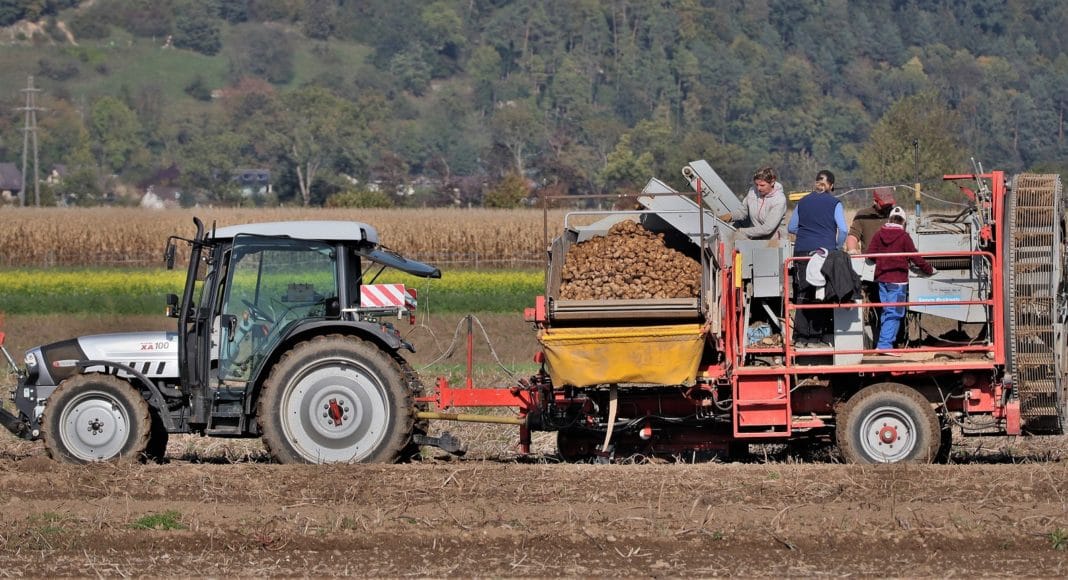The following piece is from our sister publication, the Alberta Seed Guide.
Rekindling productivity growth in Canadian agriculture is a $30 billion opportunity over 10 years according to a new report from Farm Credit Canada’s (FCC) economics team, a Dec. 7 news release said.
“If the agriculture industry can return productivity growth to where it was two decades ago, FCC estimates it would add as much as $30 billion in net cash income over ten years,” J.P. Gervais, FCC’s chief economist, said in the release. “Developing innovative solutions, adopting new technology and leveraging data and insights can boost productivity growth and pay off in a big way for Canadian farms.”
The release noted Canada’s agricultural productivity growth has slowed since 2011 — consistent with global agricultural productivity trends. Agricultural productivity evaluates how inputs such as labour, capital, land, fertilizer and feed are efficiently transformed into outputs such as crops, livestock and aquaculture products. Productivity growth happens when producers increase their output using the same or smaller quantities of inputs. Total factor productivity measures the combined effects of new technologies, efficiency improvements and economies of scaleIt is a key metric for assessing trends in agricultural productivity.
“Between 1971 and 2000 there was steady productivity growth on Canadian farms before hitting a plateau,” Gervais explained. “We are now seeing declining growth with a further decline projected for the next ten years. While that is the current projection, the entire agrifood supply chain can rally around the innovation spirit of farm input manufacturers and suppliers, farm operators, researchers and food processors to restore growth in agricultural productivity towards its peak.”
The $30 billion opportunity that exists for the industry by restoring productivity growth to its historical peak is calculated using a framework that takes into account the relationship between total factor productivity, farm product prices and farm input prices, the release said.
Related Articles
The Changing Face of Ag Labour on Canadian Potato Farms











